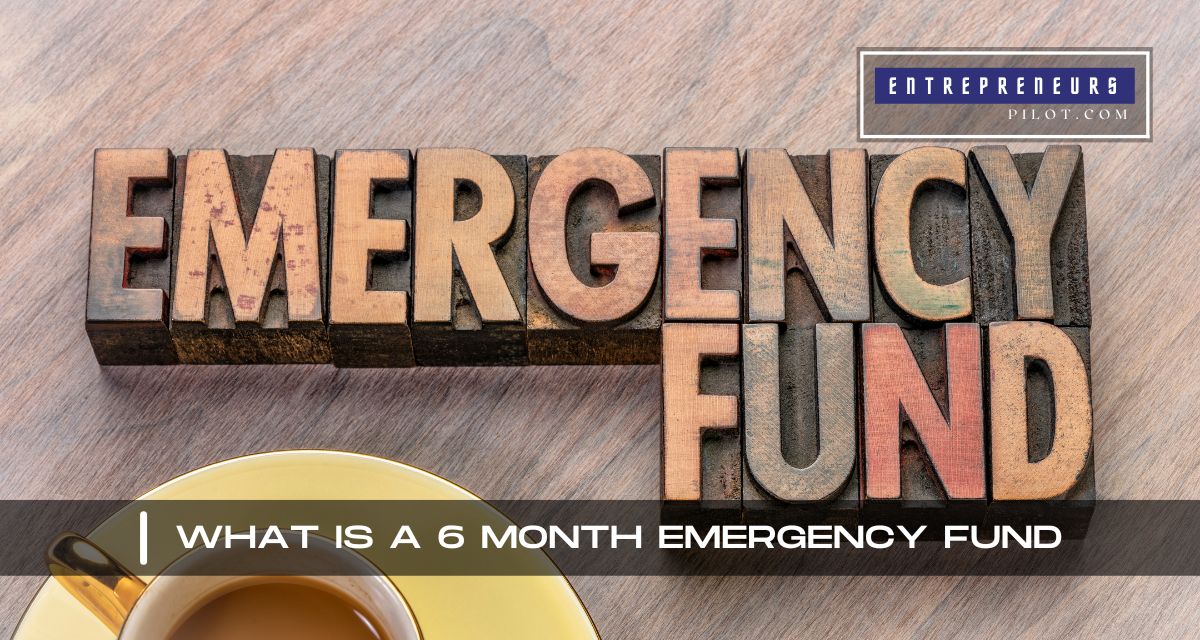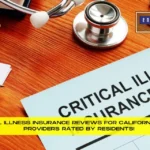Introduction
Have you ever felt the icy grip of panic when faced with an unexpected financial hiccup? Perhaps a sudden job loss, an unplanned medical emergency, or a hefty repair bill? In these moments of uncertainty, there’s a beacon of security many financial experts advocate for, but with nuances often left unspoken: “What Is A 6 Month Emergency Fund?” At first glance, it seems straightforward – a stash of savings covering six months of expenses. But there’s more to this story, and some revelations might just leave you startled.
As we prepare to dive deeper into the heart of this topic, prepare yourself for a rollercoaster of truths that many might shy away from discussing. Why six months? Is it a golden rule or just another financial myth? And how does it truly measure up in the face of life’s unpredictable challenges?
Table of Contents
Join us as we uncover seven eye-opening truths behind the concept of a six-month emergency fund. It’s a journey that promises to enlighten, educate, and perhaps even reshape the way you view your financial safety net. Together, we’ll venture beyond the surface, ensuring you’re not just informed, but truly prepared for whatever financial curveballs the future might throw.
At the heart of every prudent financial plan lies a concept often hailed as the cornerstone of financial security: the emergency fund. For many, the recommendation seems clear-cut: save enough to cover six months of living expenses. But as with most things in life, the waters are murkier than they appear. The query “What Is A 6 Month Emergency Fund?” might sound straightforward, but there are surprising truths lurking beneath the surface.
Let’s delve into these revelations, aiming to provide clarity and direction on this essential financial pillar.
- For Expert Financial Insights And Guidance, You Can Visit Our Sister Site – ArabsGeek.com Now!
- Curiosity Piqued? Dive Into the Most Captivating Financial Content by Visiting Our Homepage!
- Unlock Exclusive Business Opportunities! 🚀 Connect with Us Now at our Email: [email protected]!
1. Not a One-Size-Fits-All:
The six-month guideline, though popular, isn’t universally applicable. Depending on factors like job security, monthly obligations, and personal comfort, some may lean towards a smaller or larger cushion.
2. Beyond Just Living Expenses:
While the fund primarily considers everyday expenses, unexpected costs – think medical emergencies or car repairs – can skew the requirement. Thus, a broader view is essential.
3. The Psychological Comfort:
One often overlooked aspect of “What Is A 6 Month Emergency Fund?” is the mental peace it provides. Knowing a safety net exists can significantly reduce stress during turbulent times.
4. Economic Climate Considerations:
In a rocky economic environment, job prospects can become uncertain. In such scenarios, a six-month buffer might feel inadequate, nudging some to consider a heftier reserve.
5. The Liquidity Factor:
Having funds isn’t enough; they must be accessible. Investments tied in volatile markets or long-term assets might not provide immediate relief when crisis strikes.
6. Evolving with Life’s Changes:
A single individual might find six months of expenses to be drastically different from someone with a family of four. As life evolves, so should the fund.
7. Periodic Reviews are Key:
Given the ever-changing nature of personal finances and the economy, what suffices today might fall short tomorrow. Regularly revisiting and adjusting the fund ensures its continued relevance.
Conclusion:
The notion of “What Is A 6 Month Emergency Fund?” isn’t merely a question of numbers. It’s an exploration into financial preparedness, personal well-being, and navigating life’s uncertainties with confidence. While the six-month guideline provides a solid starting point, individual nuances make the journey unique for each person. It’s crucial to assess, understand, and adjust, ensuring that the safety net you weave truly aligns with your life’s needs and aspirations. The goal is clear: to face the future not with trepidation, but with the assured stride of someone well-prepared.











